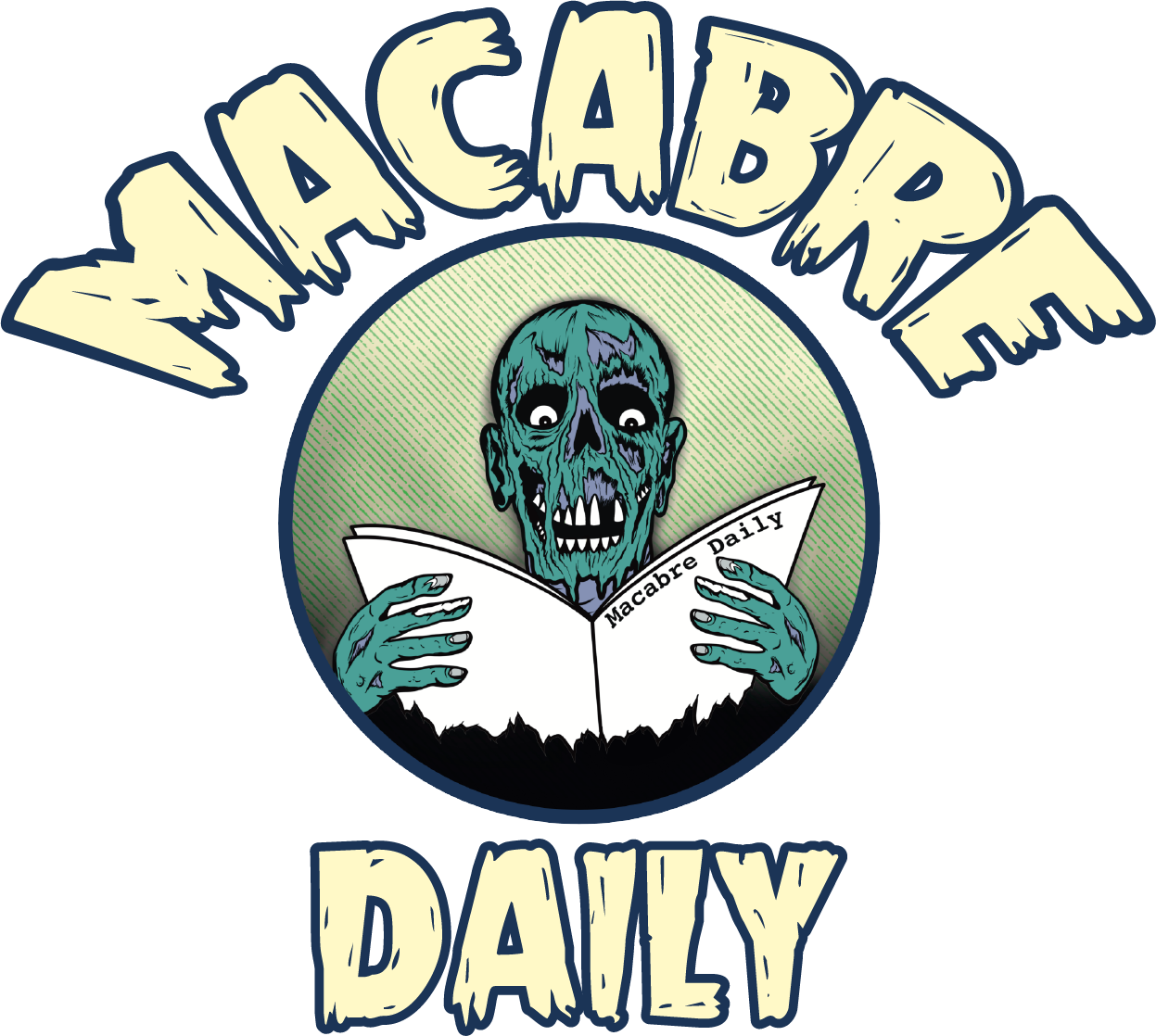Racism's Supernatural Evil In White Is For Witching by Helen Oyeyemi
“White is for Witching” by Helen Oyeyemi follows twins Miranda and Eliot Silver of Dover, England and the strange occurrences that take place in their home. The women of the Silver family have all been afflicted with a rare eating disorder that causes the victim to consume non-edible objects. Miranda is no exception. The death of her mother causes her to spiral out of control, and despite her father's best efforts, she is taken to a care facility. Her twin brother Eliot is intelligent yet narcissistic, who is at times annoyed with Miranda's condition. Their father, Luc, has converted the family home in Dover, England into an inn where he cooks the meals for the inhabitants and deludes himself into believing that Miranda is improving.
The inn is haunted by ghosts that seem to have a special interest in Miranda. They have revealed themselves to her, and she thinks of them as her inevitable companions. When she is away from the house, she feels them calling back for her, and she feels she is destined to join them for eternity.
A string of violent racist acts causes panic in their neighborhood, and Miranda is accused of murdering a boy. She struggles to believe her innocence as the house and the ghosts within continuously drive minorities out of the home.
The twins separate, and Miranda goes to school where she begins to have a strange craving for blood, explores her sexuality, and continues to grow thinner and thinner. She begins dating an adopted Nigerian classmate named Ore. She is our final narrator who sees the house for what it is, and because of her race, she is haunted and escapes the inn.
Although barely 300 pages, this text is slow-paced and eerily quiet for a haunted house story. Extremely lyrical and oftentimes confusing, Oyeyemi's novel is unquestionably post-modern and literary. Told from various perspectives, including the house's, and in a nonlinear fashion, the reader becomes disoriented and unsettled. The haunts are slow to appear, and the inhabitants are seemingly used to and accept the strange happenings of the home while also ignoring the danger. The darkness that plagues their family is passed down from generation to generation, forcing complacency.
Oyeyemi highlights the dangers of inherited beliefs and contentment in families. The eating disorder is a generational curse on the women of the family, and Miranda cannot break the cycle. Although she wants to get better, when she returns to the house haunted by her female ancestors, she relapses. Miranda's pica causes her to eat white chalk that poisons her body. This, along with several other descriptions of harsh white objects as well as the title of the story, seem to personify the violent history of racist whiteness as an evil spirit.
This was a total change of pace for me and the usual "straightforward" horror that I gravitate towards. However, I also enjoy contemporary fiction and appreciated the combination of the two in this instance. While greatly disturbing me and gripping my attention, it forced me to think critically and reflect. Presenting racism as something evil and unnatural, embodying a monster that not only plagues the house but also the town and anyone who encounters the family is bone-chilling and effortlessly conveys the message of the text.
This was a total change of pace for me and the usual “straight forward” horror that I gravitate towards. However, I also enjoy contemporary fiction and appreciated the combination of the two in this instance. While greatly disturbing me and gripping my attention, it forced me to think critically and reflect. Presenting racism as something evil and unnatural, embodying a monster that not only plagues the house, but also the town and anyone who encounters the family is bone chilling and effortlessly conveys the message of the text.
Stay up to date with “The Dark Side Of Pop Culture” by following MacabreDaily on Instagram, Facebook, and Twitter.












Jordan von Netzer considers himself to be a horror aficionado, with a particular love for 90's slashers. He enjoys talking about anything that has to do with the entertainment industry. Fun fact, he did his final college Film & Video Studies paper over Alfred Hitchcock and Wes Craven. In 2011, he met Wes at the Scream 4 premiere and got to tell him all about it.